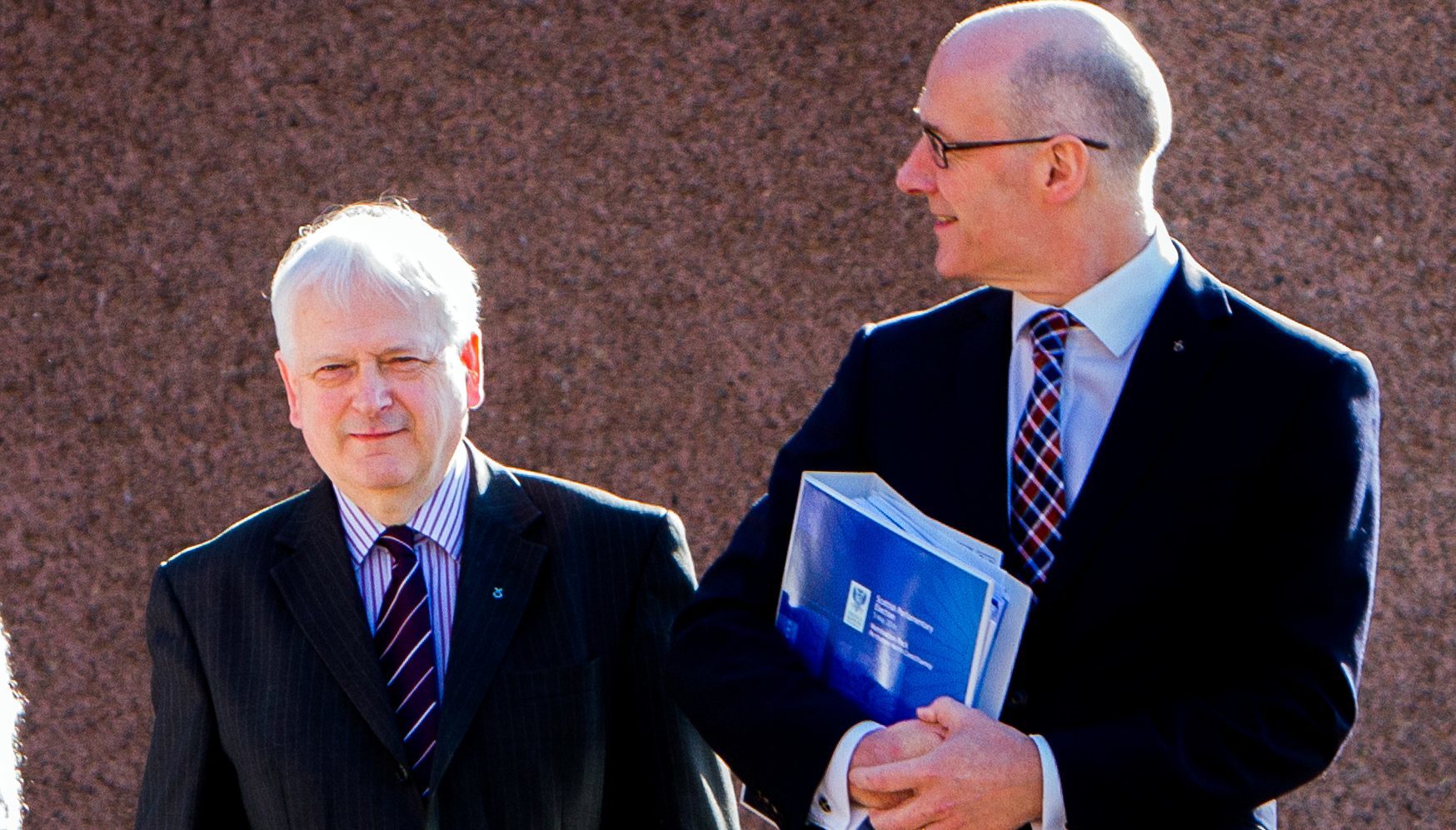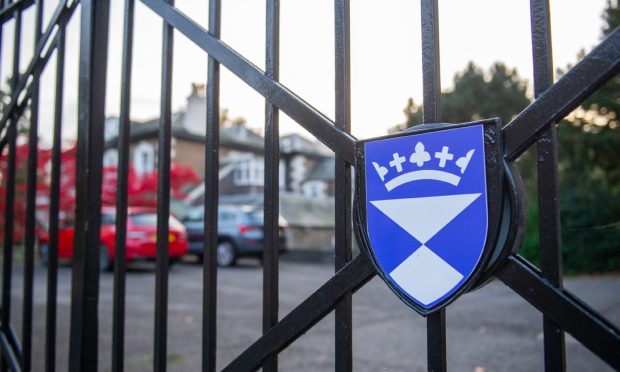Education Secretary John Swinney’s local council has told the Scottish Government it is “dismayed” about extra paperwork piled on school staff applying for anti-poverty funds.
Perth and Kinross Council officials complained about a 200-word justification required for every bid linked to an extension of the “Read, Write, Count” scheme.
The initiative is being expanded this month from all P1 to 3 pupils to P4 to 7 pupils in areas of high deprivation.
In a tense email exchange between the respective education departments, obtained by The Courier, a Perth and Kinross official says the extra funding is “very much welcomed” by the authority.
But they add: “I am slightly dismayed to note the requirement for such detail in the nomination form.
“Given the very clearly targeted approach you have outlined in the cover letter, the context of the schools we will nominate is obvious and should not need re-stated I would suggest.
“We must all seek ways of ensuring that no unnecessary, additional work be asked of officers as well as school-based staff.”
The government’s reply argued that some funding applications “may need a little more explanation”.
That was met with a short retort from the local official, who wrote: “I have to say I find the response rather more disappointing that reassuring.”
The exchange suggests there are tensions between ministers and the authority, which was forced to clarify the meaning of a letter from Mr Swinney’s local school, Blairgowrie High, asking for parents’ help to find maths teachers.
Perth and Kinross Council declined to comment further on the correspondence, which took place just four days after the teacher shortage crisis hit the headlines.
Liz Smith, the Conservative education spokeswoman, argued schools are better placed than local authorities to decide how to spend the money.
She added: “This evidence however, suggests that Perth and Kinross Council is unhappy about the allocation process and that must be a worry for parents and teachers.”
Iain Gray, Labour’s education spokesman said: “More paperwork is the last thing teachers and staff need. With the SNP’s record on education in tatters, John Swinney needs to get a grip and fast.”
A Scottish Government spokeswoman said: “We have asked for a small amount of background information on each nominated school so that we can share this with the Book Trust and make sure the Read Write Count programme can be tailored to local needs.
“But, as we have already made clear to Perth and Kinross Council, we are more than happy to be flexible about how this information is obtained.”










